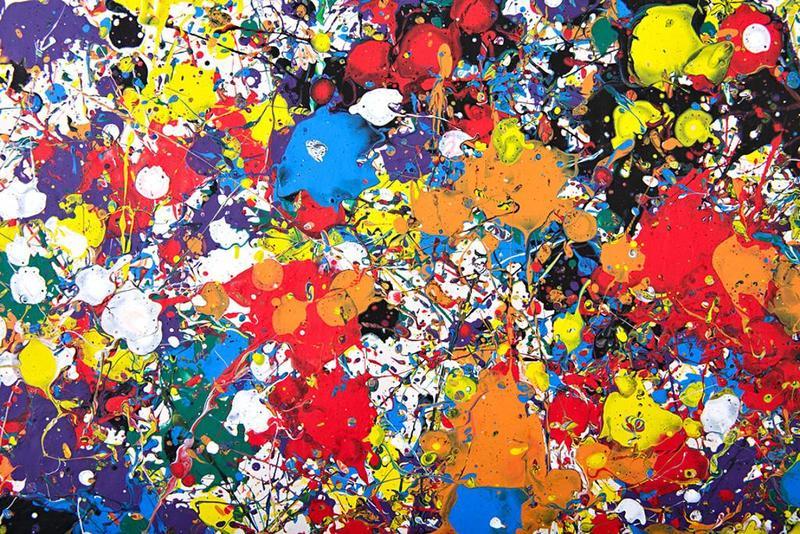Defining Art Therapy in the 21st Century
Defining Art Therapy in the 21st Century
In my previous post, I talked about the relatively recent “marriage” between art therapy and counseling and its impact of the development of therapy as a profession. Historically, the field has promoted two roads as its primary conceptual pathways in the US. These are: 1) art as therapy; and 2) art psychotherapy. These two concepts are ubiquitous in art therapy literature and have become well-worn mantras describing the profession and guiding the way art therapists define themselves for the past 40 years in the US and despite the influence of the field of counseling. They are also referred to as “the continuum of practice” in that art therapists may use both, depending on the situation and the client. According to some, these two concepts emerged in conjunction with a long-standing debate among early leaders that not only involved scholarly discourse, but also political control of the field’s future trajectory.
“Art as therapy” embodies the idea that art making is, in and of itself, therapeutic and that the creative process is a growth-producing experience. However, art as therapy is a pretty close match to many other non-therapy approaches, mainly in the realm of art teaching. For example, art education with children with disabilities, community art programs for groups, shelters or neighborhoods with economic or social challenges, and art studios for people with mental illness seem to have similar goals and objectives and are pretty difficult to differentiate from art as therapy in many cases. These programs and their practitioners are effective change-agents in their own right and often produce the same outcomes as those programs defined as art as therapy.
“Art psychotherapy” embraces the idea that art is a means of symbolic communication and expresses personality, emotions and other aspects of human experience. In essence, art expressions are used to enhance verbal exchanges between the therapist and the client in this approach. As it turns out, providing art psychotherapy also often involves an additional credential such as a mental health counseling, social work, psychologist or marriage and family therapy license; this is because most states regulate the use of the term “psychotherapy” via licensure.
For me this dichotomy has always been a distraction from discovering art therapy’s real potential as a health-enhancing practice. And frankly this continuum of practice has not been able to convincingly establish a profession called “art therapist” because it confounds a unified vision for the field. So what if we envisioned a single definition for art therapy in the 21st century? Here is my definition, based on what we know today about the field:
Art therapy is the application of the visual arts and the creative process within a therapeutic relationship, to support, maintain, and improve the psychosocial, physical, cognitive and spiritual health of individuals of all ages. It is based on current and emerging research that art making is a health-enhancing practice that positively impacts the quality of life. Art therapists are credentialed professionals who purposively use specific art-based approaches with children, adults, groups and families to support, maintain, and improve overall health, physical, emotional and cognitive functioning, interpersonal skills, personal development, and quality of life.
The first sentence is a definition; the second sentence qualifies the field based on what current research indicates; and the third sentence is actually a scope of practice for art therapists as professionals, differentiating them from other related professionals who may use art-based approaches in their work. This definition is based on specific aspects that separate art therapy from self-help art making and art activities used as diversion, including the following:
Art therapy is an interpersonal experience in which a therapist facilitates, guides, witnesses and responds to an individual’s art process and art expressions, based on best practices and current and emerging research.
Art therapy is different than self-help experiences in that there is a helping professional and an individual seeking assistance from a therapist to make changes. The relationship between a therapist, an individual, and the art process and art products is essential to art therapy and includes purposeful dialogue and specific therapeutic interventions in response to both process and product.
Current and emerging research in mind-body medicine, allied health and integrative healthcare demonstrates that art therapy is an effective, health-enhancing intervention and form of treatment (Malchiodi, 2012).
In the past, art therapy has been defined as a “mental health profession*,” but that does not continue to make good sense when research is trending in favor of art therapy in allied health and integrative (mind-body) medicine arenas. The field has also widely embraced discoveries about art and the brain, information that supports the application of specific art-based approaches in the amelioration of stress, integration of trauma memories, treatment of Alzheimer’s disease and dementia, reduction in pain and fatigue perception, and improvement in quality of life, especially for those challenged by disability or illness. In contrast, not that much hard data has emerged yet to prove that art therapy helps people with mental illness or resolves interpersonal problems.
Art therapy is clearly demonstrating that it successfully addresses many somatically-based conditions including trauma reactions, posttraumatic stress and depression as well as many neurological and cognitive disorders. More importantly, art therapy is proving itself to be an effective intervention in improving overall quality of life and perceptions of wellness. Perhaps these will be the defining factors that capture the imagination of new generations of art therapists and finally provide a unified vision and definition for the field that will validate its essential role in the health and well-being of all individuals.
by Cathy Malchiodi For Psychology Today
Be the first to post a message!
